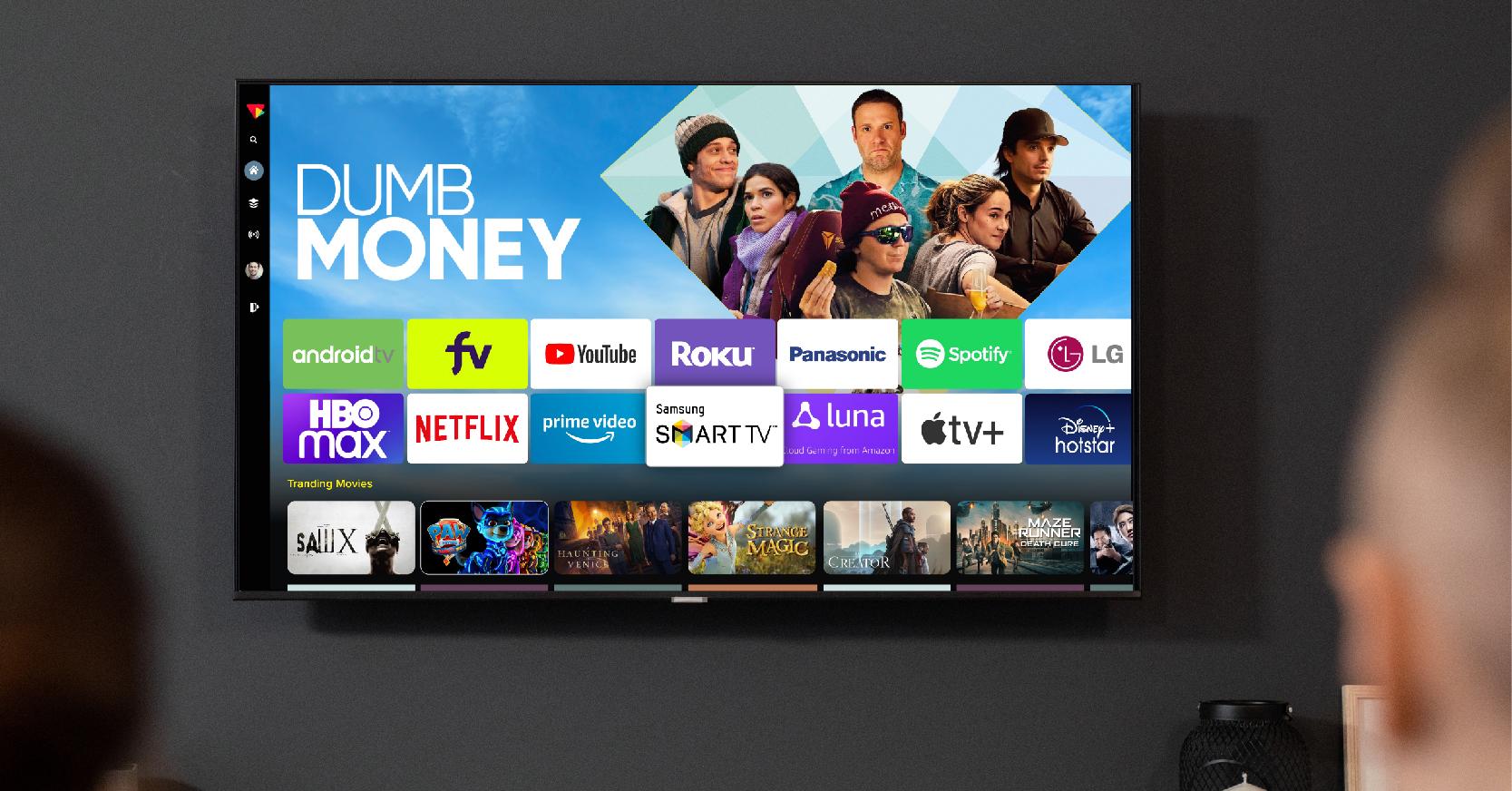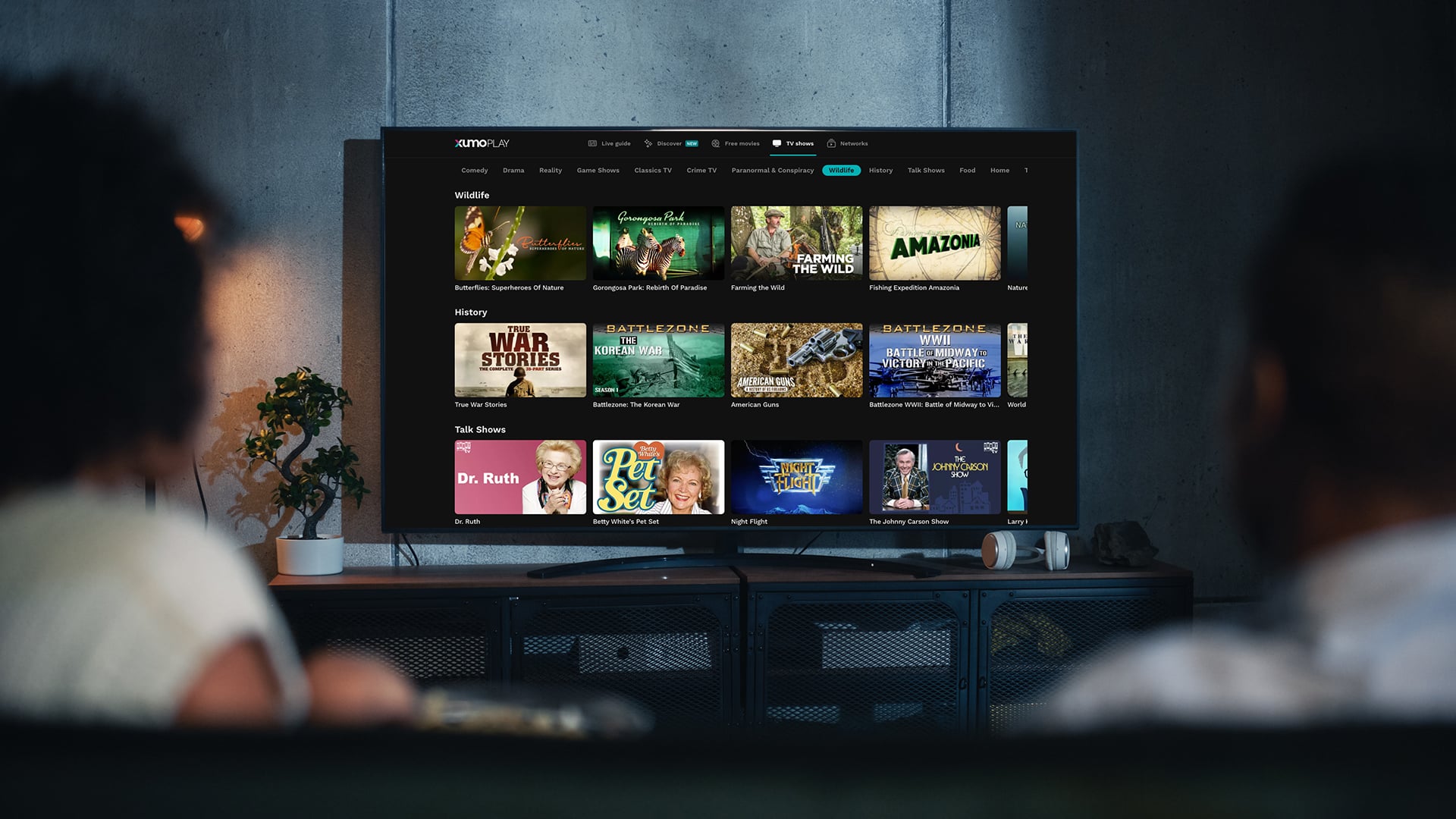The Basic Principles Of Apollo Group Tv
The Basic Principles Of Apollo Group Tv
Blog Article
Our Apollo Group Tv Statements
Table of ContentsThe smart Trick of Apollo Group Tv That Nobody is Talking AboutTop Guidelines Of Apollo Group TvApollo Group Tv Things To Know Before You BuyApollo Group Tv - Truths
In this scenario, as opposed to having three-minute commercial spots during a 30-minute tv program, TV programs may change to one where a consumer will certainly be called for to have a month-to-month membership, to make sure that they cen sight targeted banner advertisements. This kind of marketing currently takes place on the web, and the amount of data television firms collect enables them to do a lot the exact same.Explain the major fads among the broadcasting and cable television networks. Popular radio shows such as cops drama Dragnet and western cowboy series Gunsmoke were adjusted for television, and brand-new TV shows were funded by single marketers, just as radio programs had actually been.
Today, the television market is even more intricate. Programs are sponsored by multiple marketers; programming is managed by significant media empires; and the three major networks no more control the airwaves however rather share their audiences with various cable television networks. Several elements represent these patterns within the sector, including technological growths, government laws, and the creation of new networks.

What Does Apollo Group Tv Do?
Even public tv has become subject to the influence of advertising and marketing. Established in 1969, (PBS) created out of a record by the Carnegie Commission on Educational Tv, which examined the duty of educational, noncommercial television on society. The record advised that the federal government finance public tv in order to give variety of programs throughout the network eraa service produced "not to offer products" but to "enhance citizenship and civil service (McCauley, 2003)." Public television was likewise meant to offer universal access to tv for viewers in country areas or customers that might not manage to pay for exclusive television solutions.
The duration between 1950 and 1970 is traditionally recognized as the. Other than a little portion of airtime regulated by public tv, the 3 significant networks (known as the Big 3) controlled the tv industry, jointly representing even more than 95 percent of prime-time viewing. In 1986, Rupert Murdoch, the head of multinational firm News Corp, launched the Fox network, testing the dominance of the Big Three.
Targeting young and minority target markets with shows such website link as Buffy the Vampire Slayer, Moesha, Dawson's Creek, and The Wayans Bros., the brand-new networks wanted to attract terminals away from their old network affiliations. Instead than duplicating the success of Fox, UPN and WB struggled to make an effect. Not able to attract lots of associate terminals, both fledgling networks reached less families than their larger rivals since they were inaccessible in some smaller cities.
This decision led the way for the development of wire film channels, contributing to the exponential development of wire in the 1980s and 1990s. apollo tv group. Additional deregulation of cable in the 1984 Cable Television Communications Plan Act eliminated constraints on cable rates, allowing operators to bill what they desired for cable television services as long as there was effective competition to the service (a criterion that over 90 percent of all cable markets could satisfy)
Apollo Group Tv for Dummies

Having created the very first "superstation," Turner broadened his realm by founding 24-hour information network CNN in 1980. At the end of the year, 28 national programs services were available, and the cable change had actually begun. Over the next years, the market underwent a period of quick development and popularity, and by 1994 visitors could pick from 94 basic and 20 costs cord services.
Figure 9 - https://moz.com/community/q/user/apollogtv01.16 Raised competitors from cable television networks has triggered a stable decrease in the networks' audience rankings. During the 1950s, the expense of producing a single tv show boosted as shows ended up being much longer and production expenses rose. Sponsorship on network television moved from solitary sponsorship, in which a program was entirely sustained and produced by one advertiser, to multiple sponsorship, in which advertisers purchased 1- or 2-minute places on the program
Each reaction needs to be a minimum of one paragraph. Choose one of the Big 4 networks and publish out its weekly programming timetable. Enjoy the network's prime-time programs throughout a week, noting the target market for each and every program. Observe the marketing sponsors that support each show and contrast how the services and products fit with the intended target market.
The Best Strategy To Use For Apollo Group Tv

Straight television, typically referred to as typical program TV, encompasses cable and satellite tv. It's called "straight" since material follows an established programming schedule, unlike on-demand content which the specific visitor decides to view based upon their own choices and schedule. So, when you ask, "What is direct television?", consider it as the traditional way of watching television that has actually been around for years.
Report this page